/182147638-56a006d35f9b58eba4ae8c3e.jpg)
Octopus Facts Habitat, Behavior, Diet
It seems hard to believe, but octopuses really DO have beaks! But wait, it gets even cooler than that. Behind that beak are even more strange secrets that help octopuses survive! Strap on your scuba tank, because we'll be taking a deep dive into some octopus facts that are downright un-beak-lievable!

Does an octopus have a beak? Factopolis
Yes, they do! All living species of octopus have a beak. The beak of an octopus resembles that of a parrot. Fun fact: the beak is not digestible, so when researchers examine the stomach contents of octopus-eating animals, they can determine the species of the octopus by the undigested beak. What are octopus beaks made of?
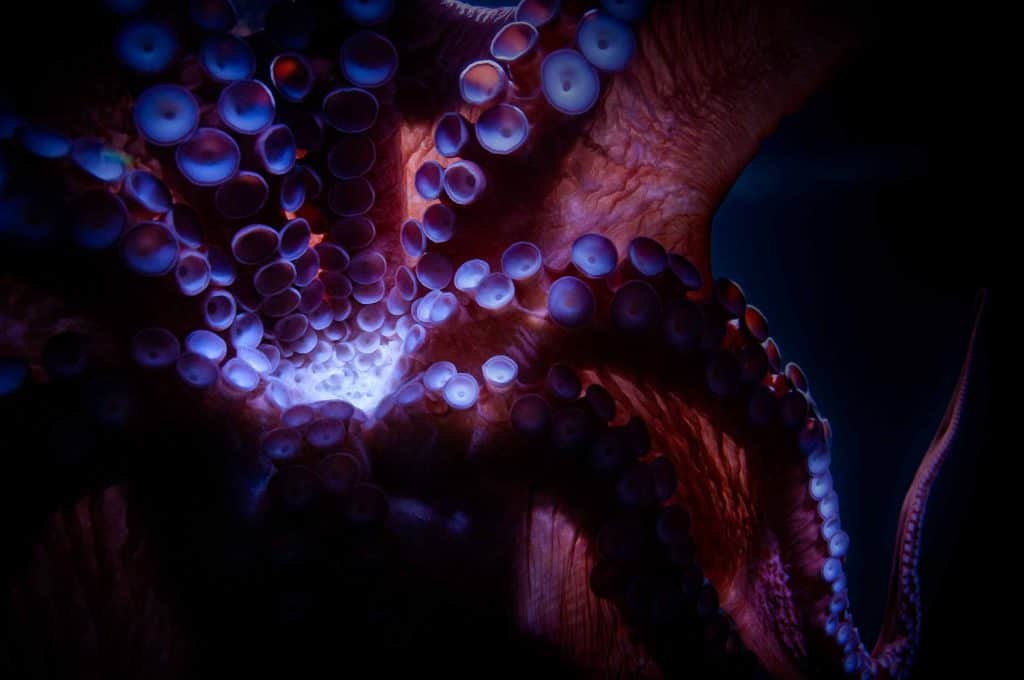
Do Octopus Have Beaks? OctoNation The Largest Octopus Fan Club!
Yes! Octopuses have octopus beaks made of cartilage derived from the octopus itself. Because these octopus cartilages are not calcified, octopuses do not have bones in their bodies; instead, they have octopus cartilages. Octopuses can move around because of their cartilages. READ ALSO: Things That Can Kill Your Cat Silently

Do Octopus Have Beaks? American Oceans
The answer is yes - octopuses do have beaks, and they play an important role in their feeding habits. Despite their importance, the study of octopus beaks is still a relatively new field. Researchers have used beak increment counts to study the growth of octopuses, and have even been able to validate the age of wild individuals using beak analysis.
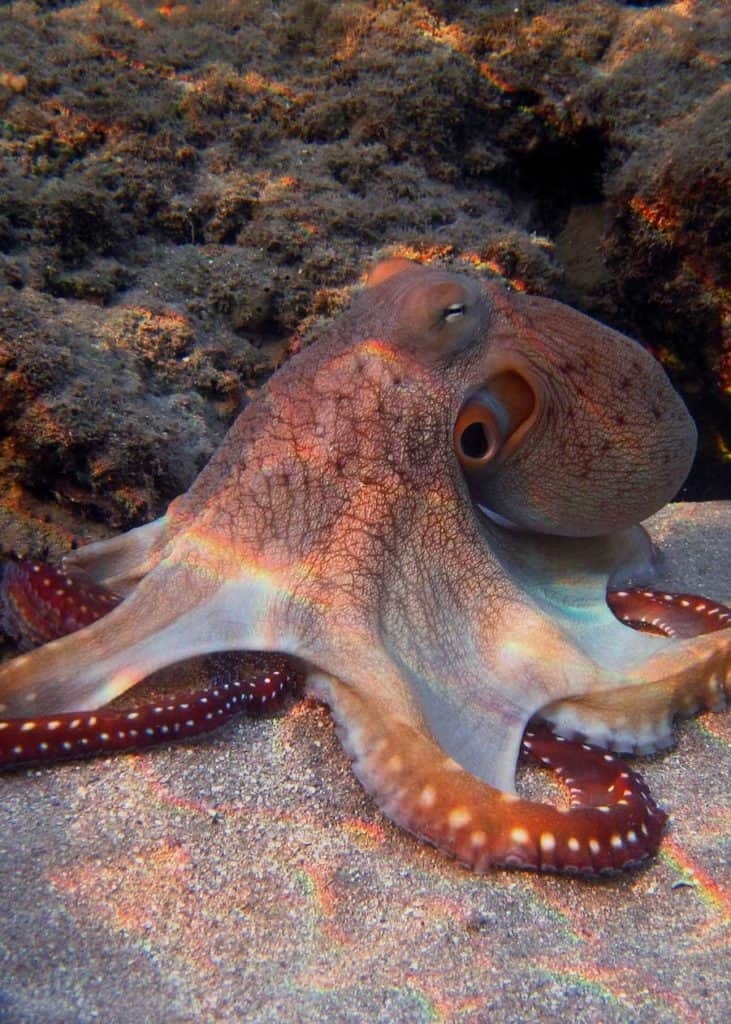
Do Octopuses Have Bones? Guide to Skeleton, Teeth, Beak Storyteller Travel
For starters, yes, octopuses have beaks hidden beneath their soft exteriors. These beaks are made from a sturdy material and look like the sharp, curved beak of a parrot. With these beaks, they can easily crack open shellfish and protect themselves from threats. The octopus beak is a good mix of being functional yet mysterious.

Giant Octopus Beak
Octopuses use their beaks to wear down the tough exoskeletons of their prey — thanks to this handy biological feature, they can easily bite through extremely hard materials. It makes breaking things like shells and crab claws a walk in the park. Without these sharp, impressive beaks, octopuses might have a hard time surviving in the ocean.
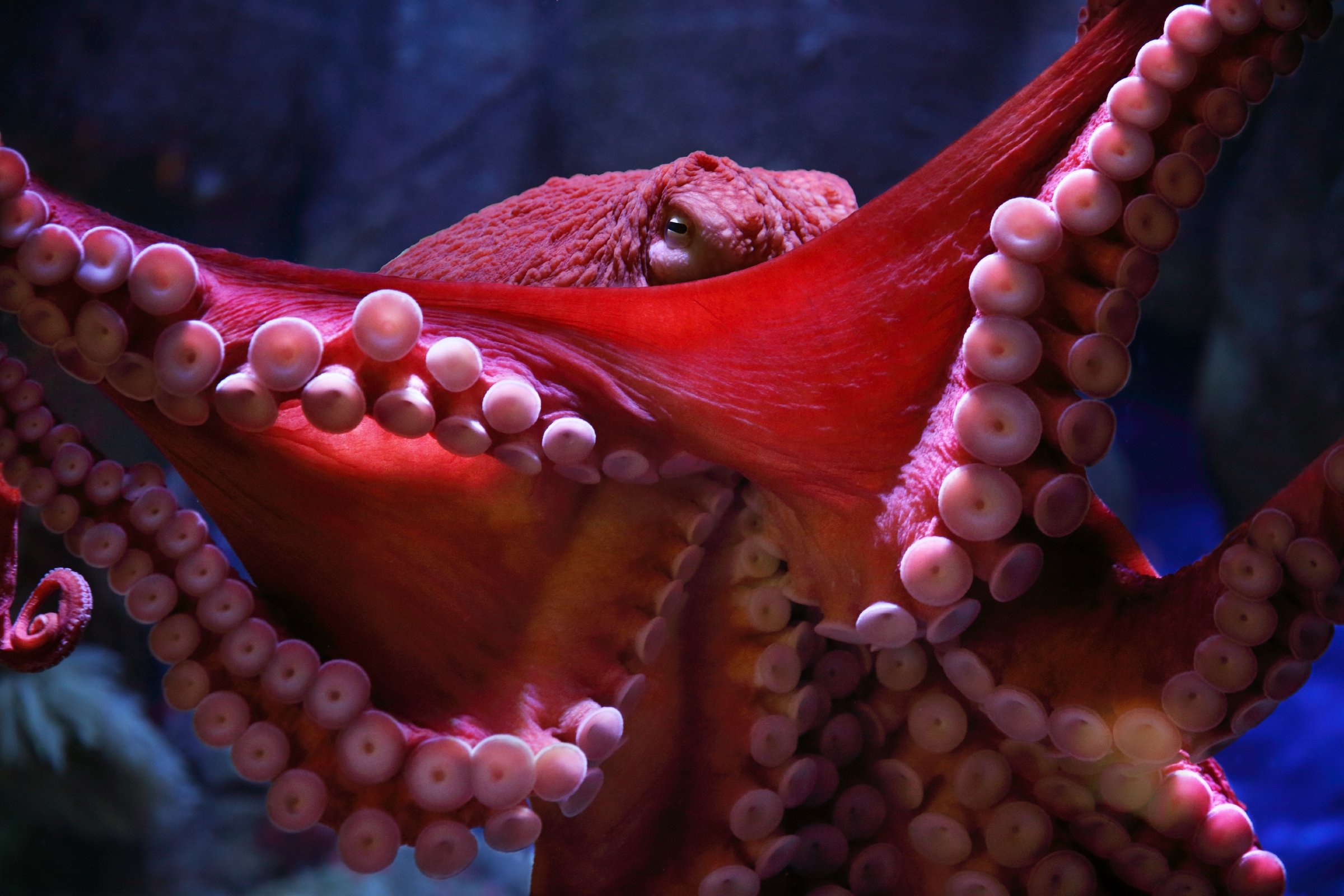
Giant Octopus Beak
The octopus beak is primarily made of chitin, but it also comprises of cross-linked proteins that make it even hard to digest by the octopus predators. It has been observed that the remains of the cephalopod beak are found in the stomachs of large predators of octopus, like the sperm whales.
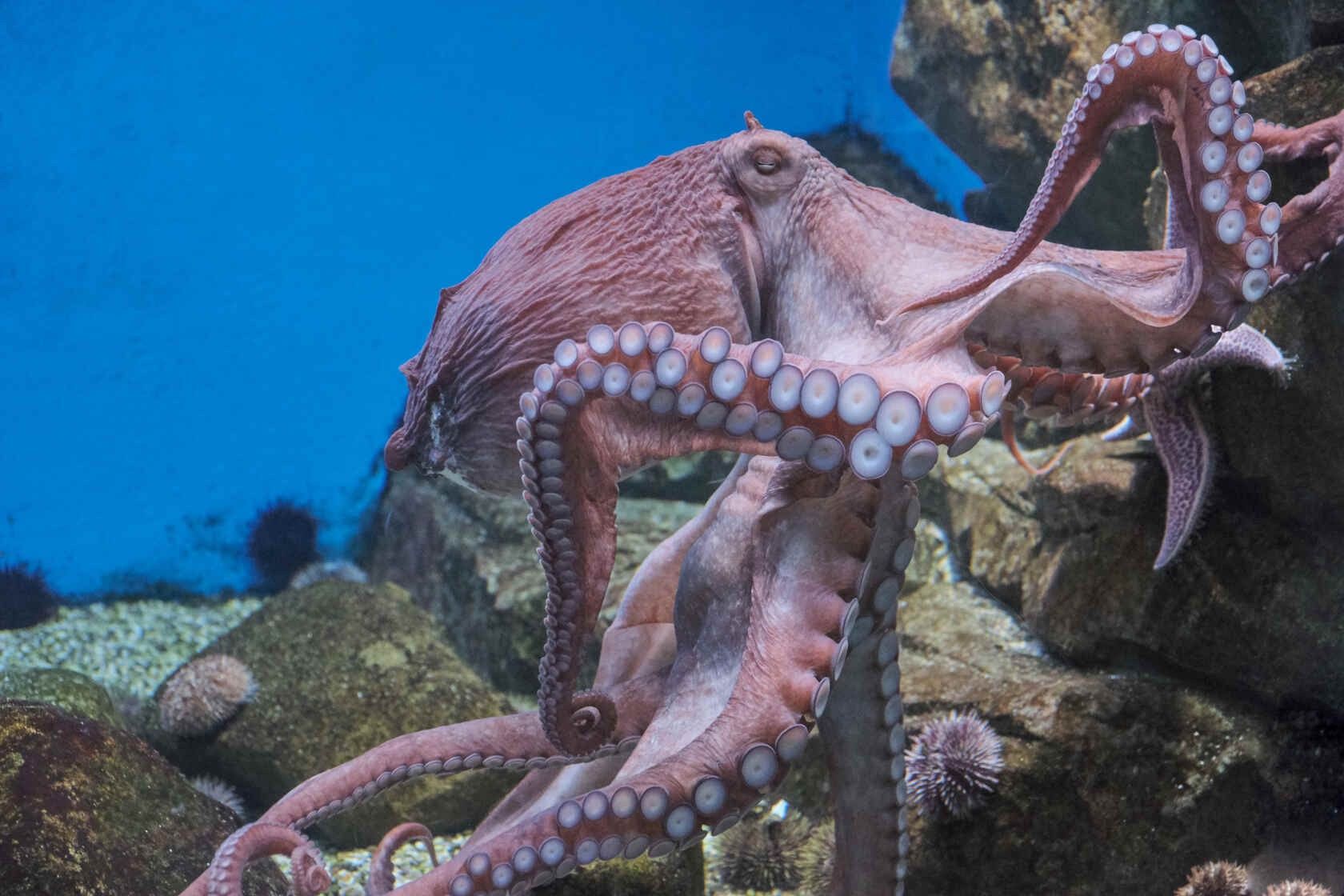
Do Octopuses Have Beaks? Fascinating Facts You May Not Know Kidadl
Scientific Name: Octopoda Diet: Carnivore Average Life Span: unknown Size: 1/2 inches to 30 feet across Weight: up to 600 pounds Current Population Trend: Unknown What are octopuses? Octopuses (or.
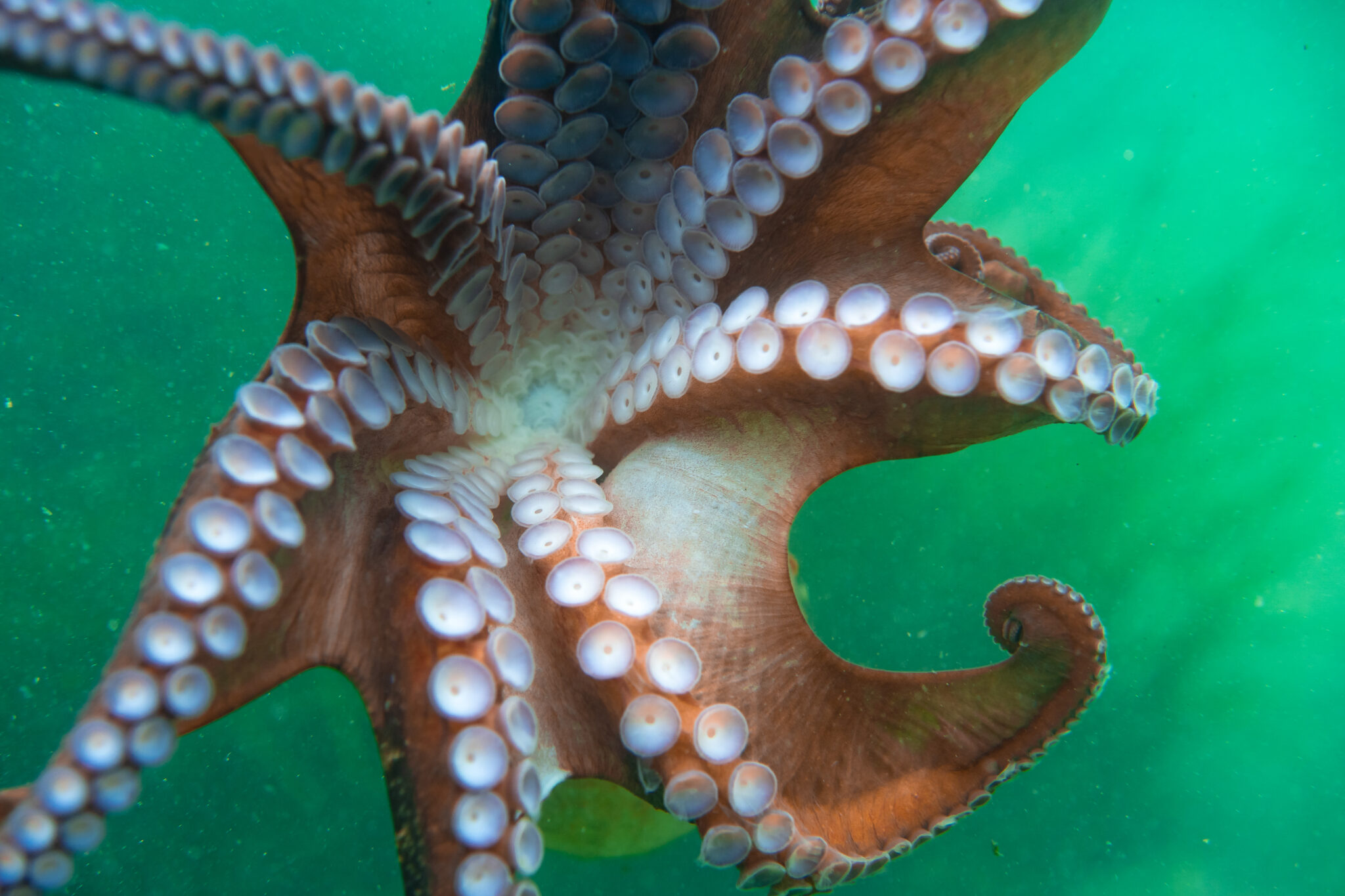
Do Octopus Have Beaks? OctoNation The Largest Octopus Fan Club!
The short answer is yes. To be specific, octopuses have beak-like structures around their mouth rather than a typical mouth like ours. Moreover, octopuses don't have teeth like the classical sense. There are another important part of the octopus's mouth is the radula. It works as a tongue to scrape out the food from its prey.
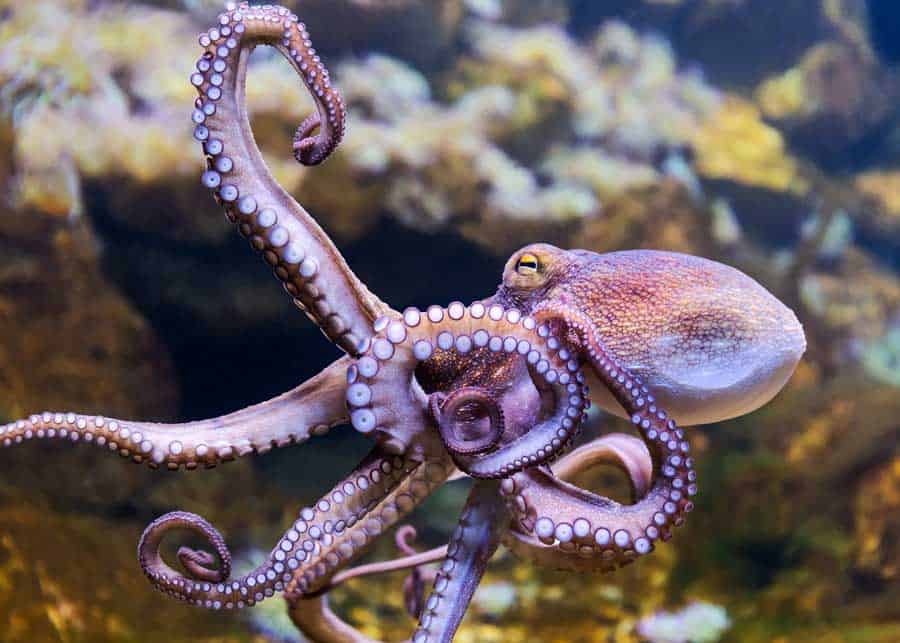
Do Octopuses Have Bones? Guide to Skeleton, Teeth, Beak Storyteller Travel
Octopuses have beaks for mouths. The beak is located at the base of the arms, where the arms meet the mantle. The mouth is made out of chitin and is the only solid part of the octopus' body. These beaks are used to break shells, eat chunks of flesh, and inject venom. Octopuses are known for their jelly-like build and slithering tentacles.

Bio Geo Nerd Giant Pacific Octopus Beak
An octopus (pl.: octopuses or octopodes) is a soft-bodied, eight-limbed mollusc of the order Octopoda (/ ɒ k ˈ t ɒ p ə d ə /, ok-TOP-ə-də).The order consists of some 300 species and is grouped within the class Cephalopoda with squids, cuttlefish, and nautiloids.Like other cephalopods, an octopus is bilaterally symmetric with two eyes and a beaked mouth at the center point of the eight.

Octopus with beak visible. Octopus marinated in red onions step 1. News Photo Getty Images
To Beak or Not to Beak… Did you know all cephalopods have beaks? That's right — and they look strikingly similar to a parrot's beak! The common octopus has a two-part beak which it uses to eat crunchy prey like crabs and clams. Mostly made of chitin, the beak is indigestible, meaning you could tell if a predator snacked on an octopus! 5.

Octopus Beak All You Need To Know Animal Hype
What a deadly tool indeed! The Remains Of A Meal The beak of the octopus is indigestible, which means that it does not disintegrate in the stomach of the octopus' predators. As the octopus does not have bones or other hard parts except from the beak, the beak is the only way to tell if the octopus is included in an animal's diet.
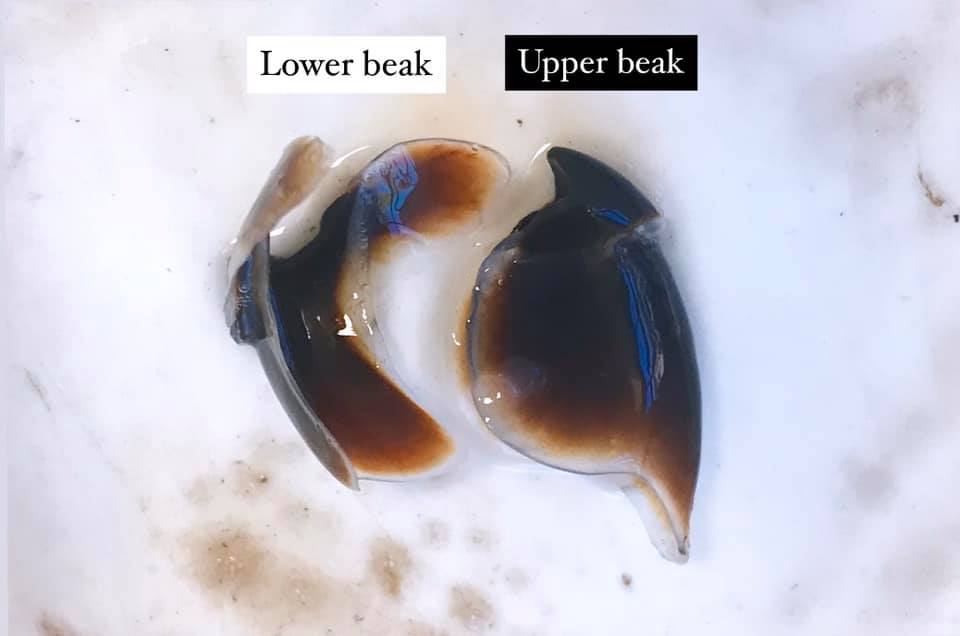
Do Octopus Have Beaks? OctoNation The Largest Octopus Fan Club!
on 11 November 2021 ; Updated on 25 March 2023 Sub-edited by Monisha Kochhar 7 mins to read The octopus is a member of the family of cephalopods which means 'head foot' in Greek. All cephalopods in the world have a rostrum or two-part beak which is seen in the buccal mass and surrounded by head appendages.
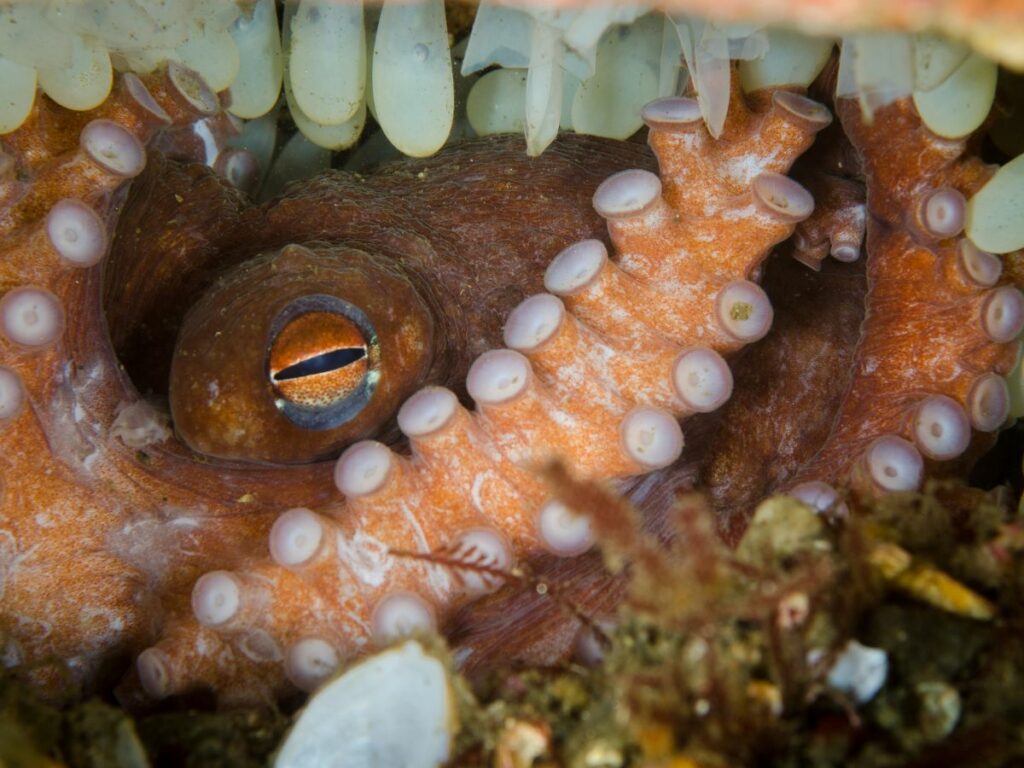
Do Octopus Have Beaks? OctoNation The Largest Octopus Fan Club!
Not only does an octopus use its beak and radula for feeding, but it also has a venomous weapon - the cephalotoxin. Octopuses secrete and inject this toxin into their prey through their beak, paralyzing them.

Tropical Octopus Definitely Mates BeaktoBeak Science Smithsonian Magazine
To understand the anatomy of octopus beaks and the differences between octopus and bird beaks, delve into the section 'What Are Octopus Beaks?' in the article 'Do Octopus Have Beaks'. The sub-sections you will explore next describe the solutions to these questions. Understanding the anatomy of octopus beaks. Octopus beaks are the.